SAN FRANCISCO — Tech company developer conferences always feature a wacky demo or three.
But at Build 2017 in Seattle Wednesday, Microsoft went for the waterworks at the conclusion of CEO Satya Nadella’s keynote address: it showcased a prototype watch that temporarily eliminated the arm shaking that often plagues those suffering from the neurological disease Parkinson’s.
After a speech that both heralded and warned about coming leaps in technological power, Nadella screened a video that told the story of two British Microsoft Research employees, Haiyan Zhang and Nicolas Villa, who developed the tremor-interrupting device for a BBC documentary, The Big Life Fix.
Working with graphic designer and Parkinson’s sufferer Emma Lawton, 32, the researchers developed a watch — which they named Emma — that, according to Microsoft, “vibrates in a distinctive pattern to disrupt the feedback loop between brain and hand.”
The video showed Lawton trying to draw a square with her shaky right hand, and then again, wearing Emma. Watson erupts in tears as she calls her mother to say this is the first time she’s been able to write her name in ages.
When the lights went up, Nadella welcomed both Lawton and engineer Zhang on stage, thanking them for showing that thanks “developers can have impact.”
Emma Watch remains a prototype, Microsoft says, but the developers are working with a neuroscience research team to undertake trials with a small group of Parkinson’s sufferers.
The watch works through a combination of sensors and AI (artificial intelligence) techniques to potentially detect and monitor symptoms like tremors, stiffness and instability, among others, according to Microsoft. “Once these symptoms can be identified and measured, it’s possible to develop technology and devices that help humans manage their symptoms. AI is used to classify the sensor information and elicit real-time responses on small devices like wearables.”
Microsoft stresses that Emma Watch is not a cure for the disease, which afflicts 10 million people. “Rather, its technology has the potential to help Parkinson’s patients manage symptoms that impede regular functions. The goal of further research is to determine whether Emma Watch could help other people with similar Parkinson’s symptoms.”


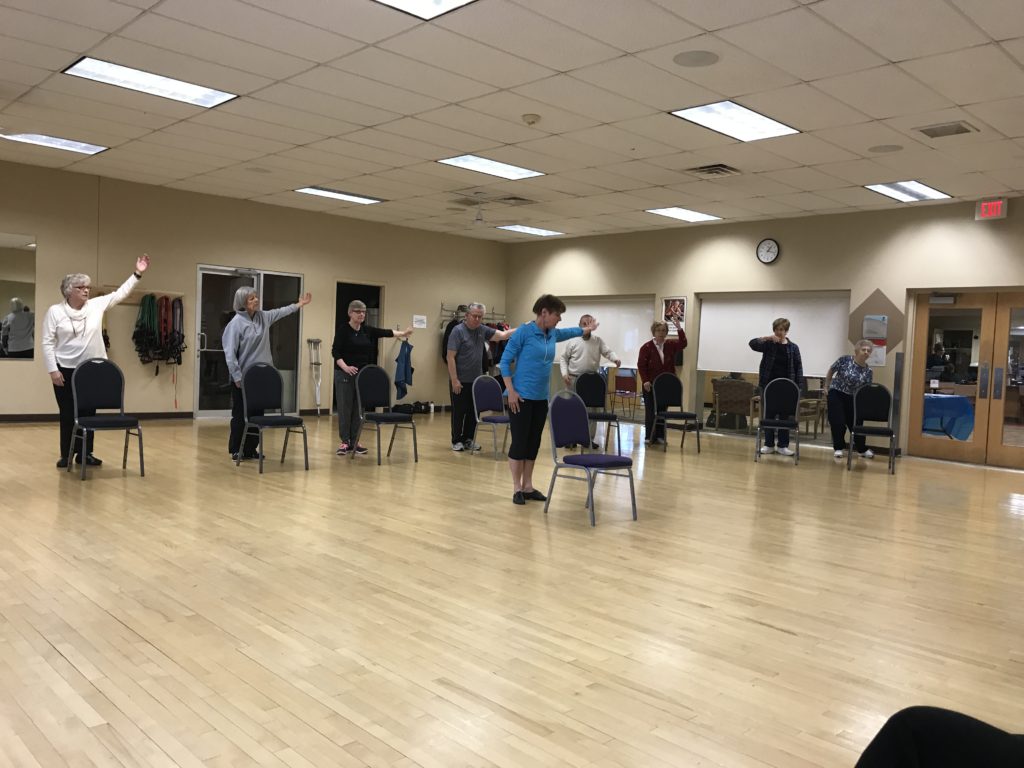
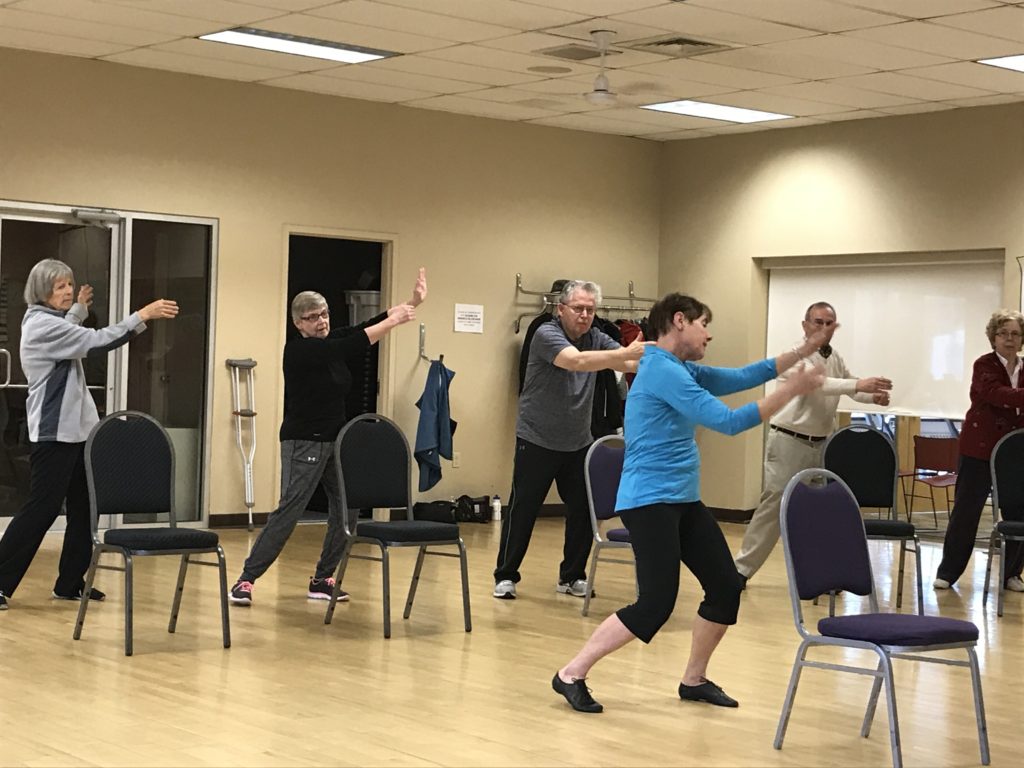
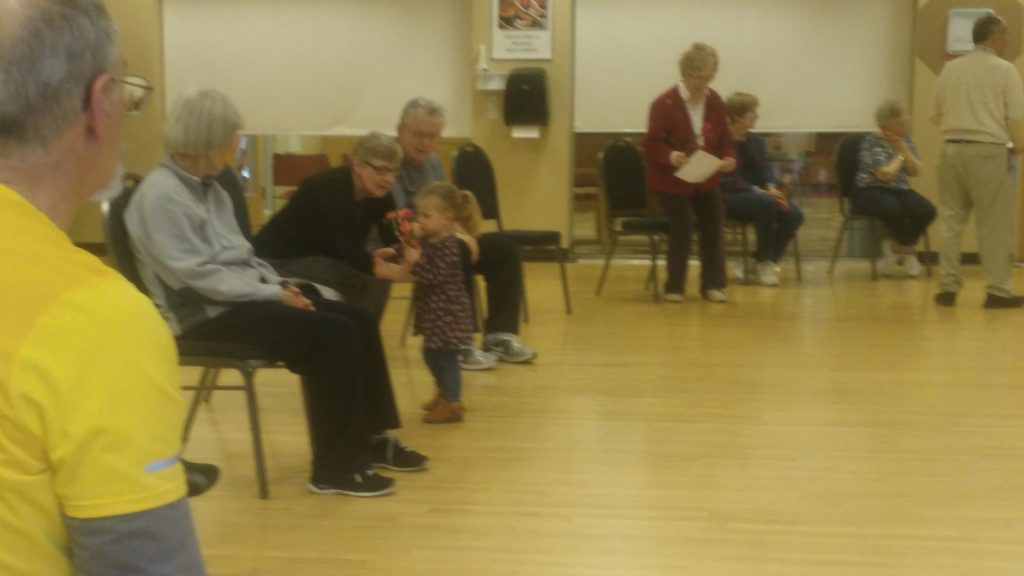
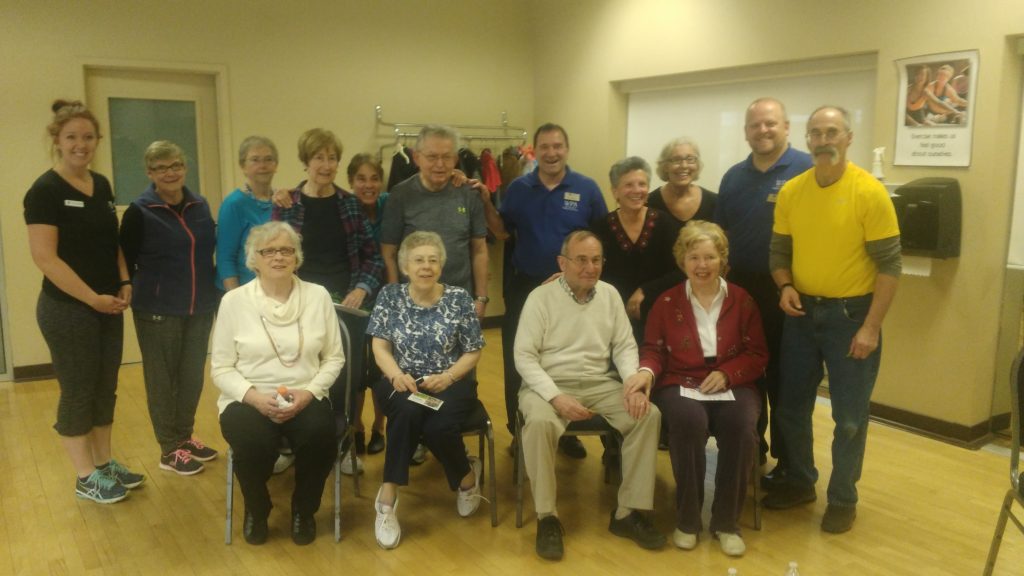
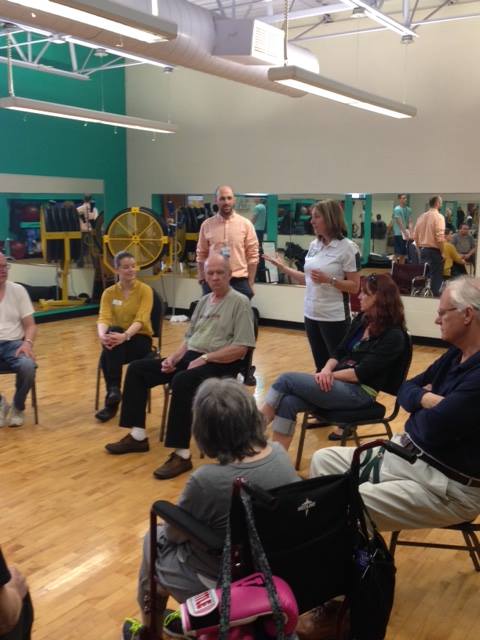
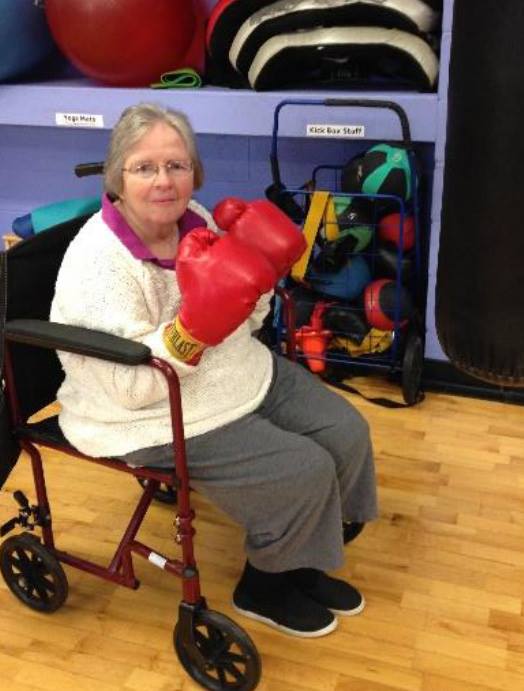
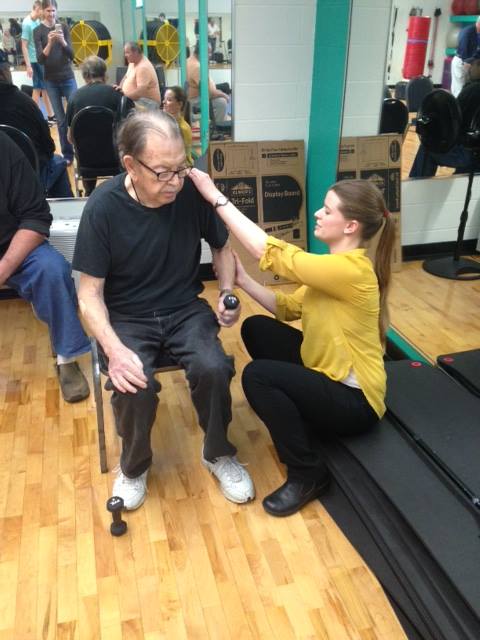







Recent Comments